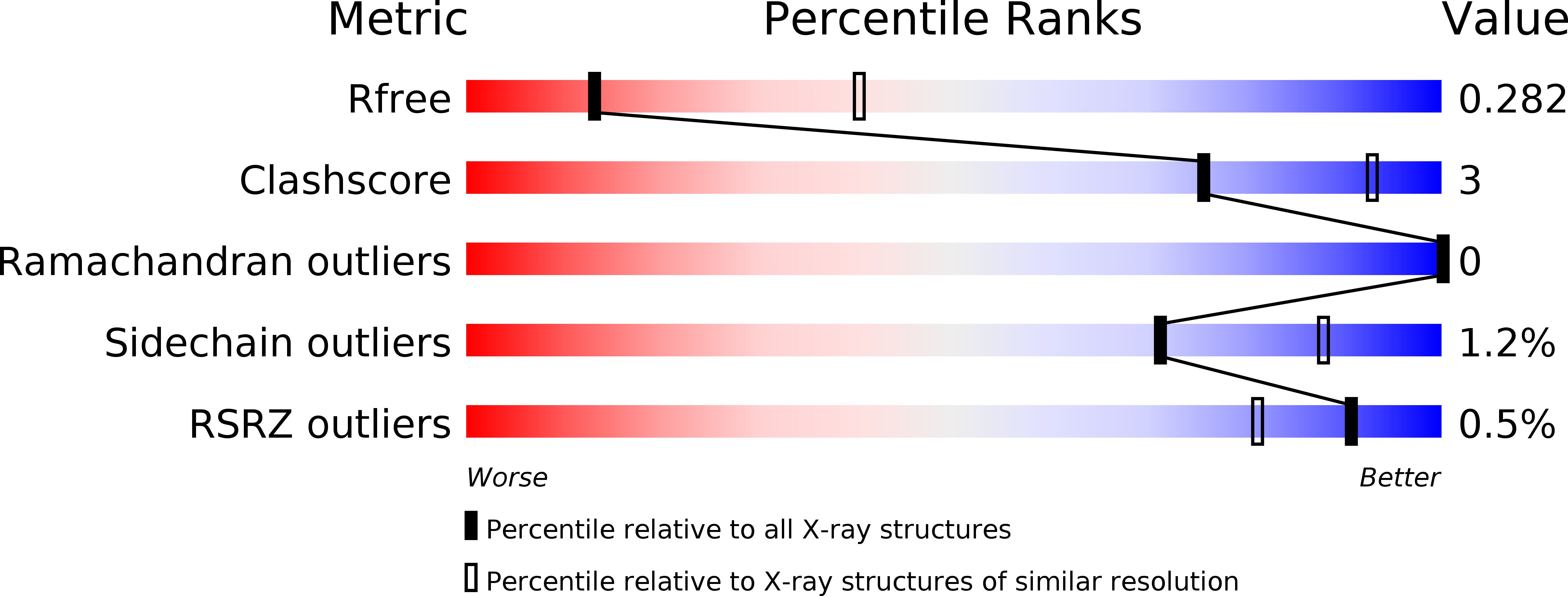
Deposition Date
2017-04-19
Release Date
2017-10-11
Last Version Date
2024-01-17
Method Details:
Experimental Method:
Resolution:
3.10 Å
R-Value Free:
0.27
R-Value Work:
0.25
R-Value Observed:
0.25
Space Group:
I 4


